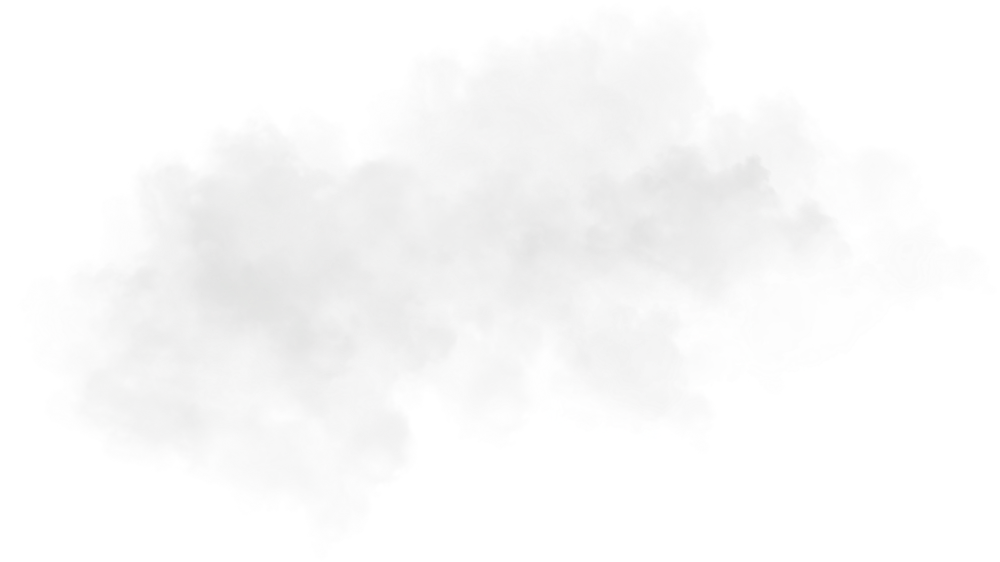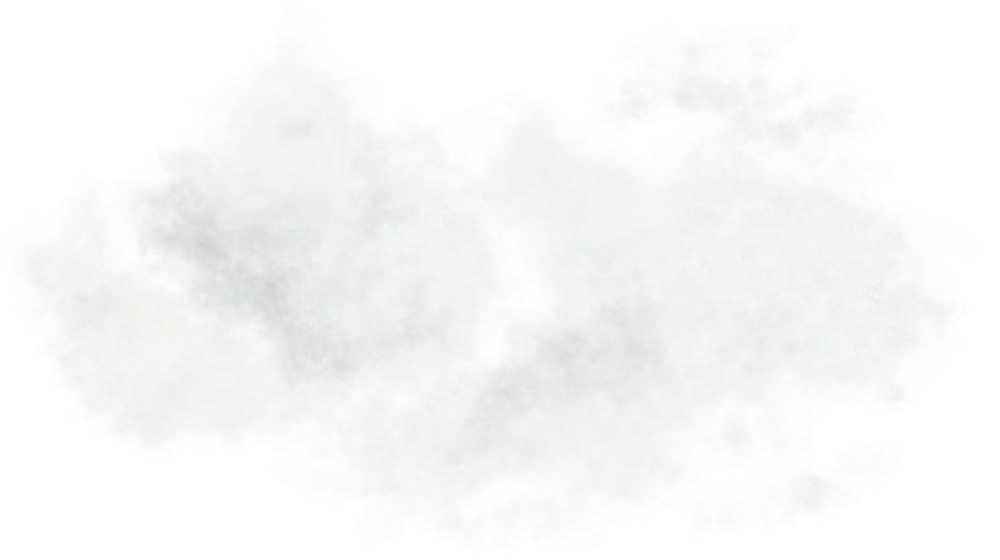Dams and hydropower
Over 1,300 hectares of water, dozens of km of jagged shores that seem to have been part of this landscape forever… and yet Sumène Artense has been developed since the 1920s to meet energy needs. The destination is dotted with dams and penstocks that divert water to the various hydroelectric plants in the Dordogne basin.


History
Sumène Artense has always benefited from abundant watercourses, which were soon backed up by small dynamos, giving rise to veritable hydroelectric plants. Locally, they supplied power to the tannery industry in Bort-les-Orgues, to the various surrounding villages and to sawmills, as witnessed by the Cornillou development in Trémouille.
Industrial use of the rivers began in March 1921, when the Paris-Orléans railway company was awarded the concession to operate the Upper Dordogne. Not yet able to build major structures, the company commissioned the construction of the Essart and Journiac dams on the Rhue River. These two structures were backed by a penstock that carried the water to the Coindre power plant, built in 1925. The electricity produced was sent to the railroads, gradually replacing steam.
Marèges was the first major hydroelectric power station to be built on the Dordogne. When it was built, the hydroelectric complex was intended both to electrify the railway lines and to supply industry in Paris. At the end of the First World War, hydroelectricity was the energy of the future, and high-voltage lines were built between Marèges and the capital, marking the start of the hydroelectric industry in the Dordogne valley.
Impounded in 1935, the dam was dubbed the “dam of innovation”, and a number of new features were to make its mark on the construction of other large dams around the world. The arch of the Marèges dam, designed by world-renowned engineer André Coyne, is spectacular. The arch-shaped structure transfers the thrust of the reservoir water to the valley sides, enabling thinner arches to be designed and saving concrete. Marèges is the first double-arch dam in Europe! The second spectacular innovation is the construction of a spillway in the shape of a ski jump, the first structure in the world to be equipped with this type of spillway, which lets out up to 700 m3 of water per second, enabling the overflow to be quickly evacuated and reducing the impact of water downstream.


Bort-les-Orgues dam is the first in the Dordogne development chain, and took 10 years to build, from 1942 to 1952. It was built to develop access to electricity not only for industry, but also for private households, in response to growing post-war needs.
The dam is of the “arch-weight” type, combining a vaulted form with a large volume of concrete, which allows the dam to rest solidly on its foundations. The combination of these two techniques enables the storage of a large volume of water: 477 million m3 of water. The Bort-les-Orgues reservoir is the fourth largest in France. The Bort-les-Orgues dam is a key element in the French electricity system, generating the equivalent annual electricity consumption of a city of 128,000 inhabitants, such as Limoges.


Artense plateau was also developed in the 1970s. Numerous rivers such as La Tarentaine, l’Eau Verte, le Tact, le Taurons and le Gabacut are backed by dams that divert water to the main lake, Lastioulles. A veritable battery, the 125-hectare reservoir feeds the Auzerrette plant in the Rhue gorges. The lake and power plant are linked by a 280 m high penstock with a 72 m high balancing stack to prevent water hammer in the pipes.
The hydroelectric system on the Artense plateau is one of the most efficient in France. A drop of water is turbined 3 times, the first time in the Auzerrette plant downstream of Lac de Lastioulles, The water is then conveyed via a 13 km underground pipeline to the Rhue plant upstream of Lac de Bort-les-Orgues, then turbined again in the Bort-les-Orgues plant, before being released into the Dordogne valley and passing through the hands of 28 other plants.


Today, the role of hydropower is to provide additional energy during peak consumption periods. It’s an easily accessible, renewable energy source. When demand is high, hydropower can account for up to 25% of French production. 58 dams and 28 plants line the Dordogne and its main tributaries, from the Puy-de-Dôme, through the Corrèze, Cantal, Lot and Dordogne. Sumène Artense is the starting point for this valley.

